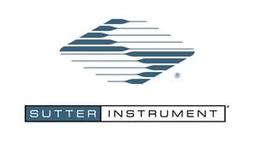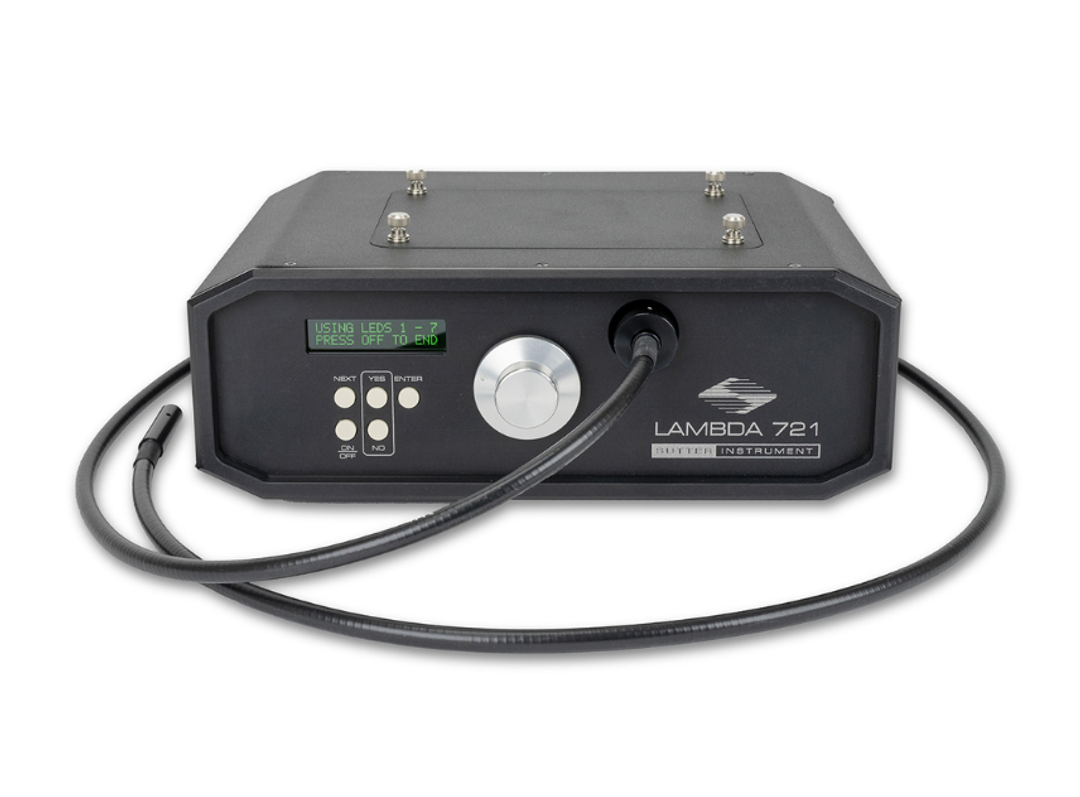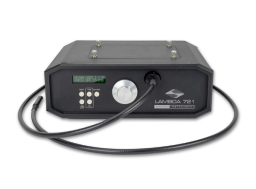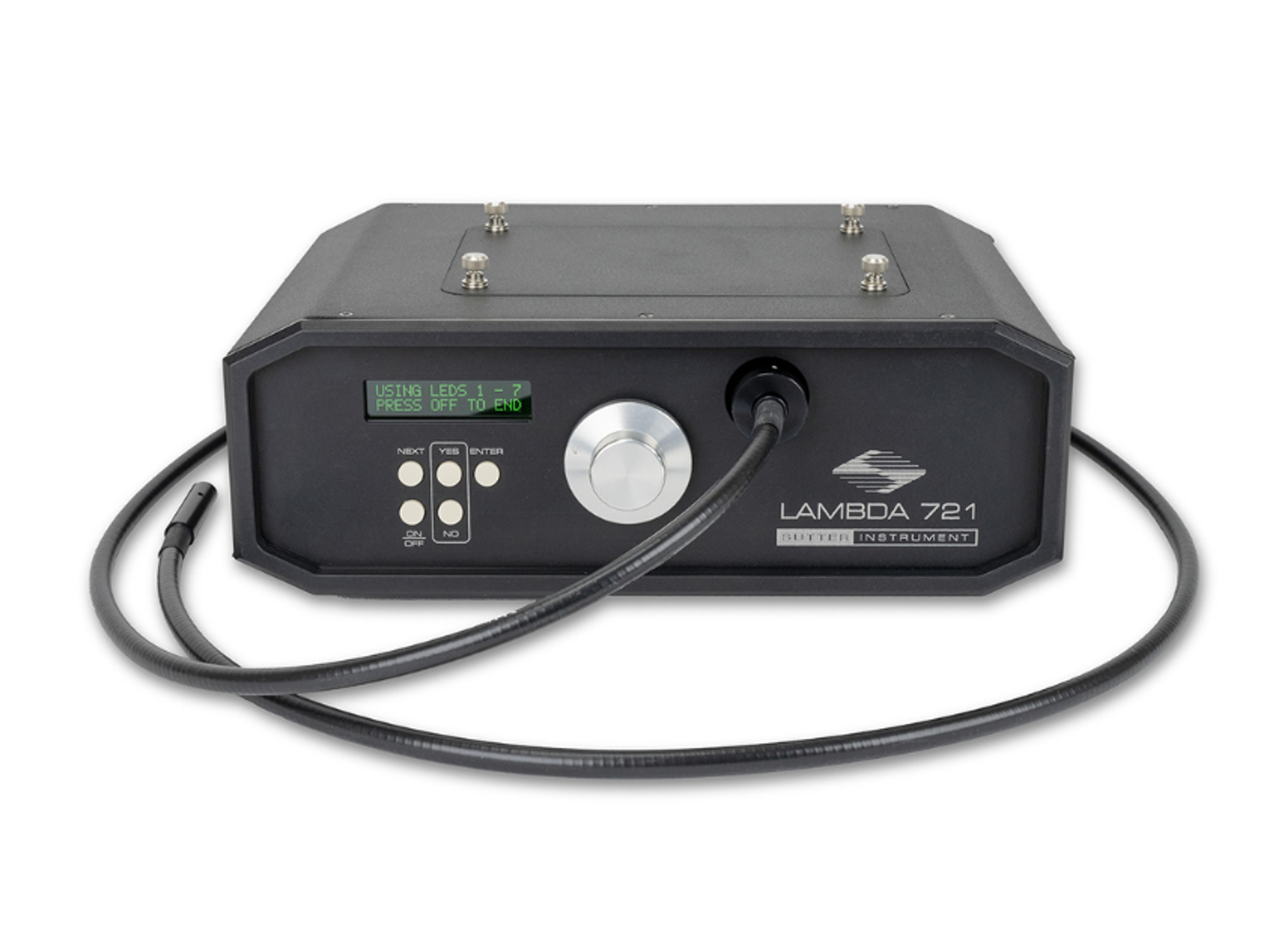Lambda 721
Optical Beam Combining System

The supplier does not provide quotations for this product through SelectScience. You can search for similar products in our Product Directory.
The Lambda 721 is a new concept for combining up to 7 separate LED cubes with different spectra into a single common output beam. The LED cubes contain the LED, collimating optics, and a filter. These LED cubes are easily exchanged and installed with no tools required. Each LED cube is collimated before entering the optical path through the bandpass filter. The filters for each LED cube also function as mirrors that reflect the collimated beams from the previous light sources.
Traditionally, combining more than two light sources required the use of a dichroic ladder. Dichroic mirrors, which switch from transmission to reflection at one point in the spectrum, allow the combining of separate light sources, provided that those sources do not have overlapping wavelengths. The downside of this approach is that light sources cannot be easily changed.
Dichroic ladders also demand careful attention to the order in which the light sources are introduced into the optical path to avoid having the light blocked by the next dichroic in line. Typically, additional bandpass filters must be added in front of each light source before the dichroic, to select the desired range of wavelengths for each source. Each filter and dichroic used in the ladder decreases the total light output of the system.
FEATURES
- Easy to change the spectral output of the light source
- Any LED cube can be placed in any of 7 positions without concern for the order
- Wavelength selection and beam reflection using Semrock® STR Filters
COMMON APPLICATIONS
- Fluorescent microscopy
- Calcium imaging
- FURA
- Optogenetics
- High speed wavelength selection
The Lambda 721 was designed to keep the size of the beam combiner small and the optical path short and efficient. Thin-film bandpass filters, such as Semrock’s STR, reflect greater than 90% of out-of-band light. If the band pass of each light source does not overlap, it is possible to use the filters for both attenuation and reflection of the light from the other sources. By arranging the filters and sources into a double pentagon, we were able to combine seven light sources in a compact design with lower losses than previously achievable. As an added benefit, the last position in the optical train does not require any filter since no other input reflects from that position. This position can be used with LED’s that have broad spectral output, such as the 561nm LED, and may allow the excitation of more than single channel of fluorescence from a single LED. (raw spectra available upon request)
Notes:
- The light from position #1 goes directly to the device output without being reflected. This position might be preferred for the source with the greatest desired output.
- The filter for the seventh light source is not used as a reflective surface and could be used with LED cubes with broader outputs.
- In configurations with fewer than 7 light sources, sources should be filled from lowest to highest number of reflections to ensure the greatest light output.
- This filter is installed at 18° angle-of-incidence to the collimated beam of the LED cube. This will cause a small shift in the band pass toward shorter wavelengths. While it would be ideal to have a coating optimized for this application, we have found that stock -STR filters can be used if you correct for the shift in the band pass when selecting the filters.
- The Lambda optical beam combiner is designed for flexibility and expandability. Should your illumination need change over time a simple configuration change and possibly additional filters can produce an entirely different output.


















